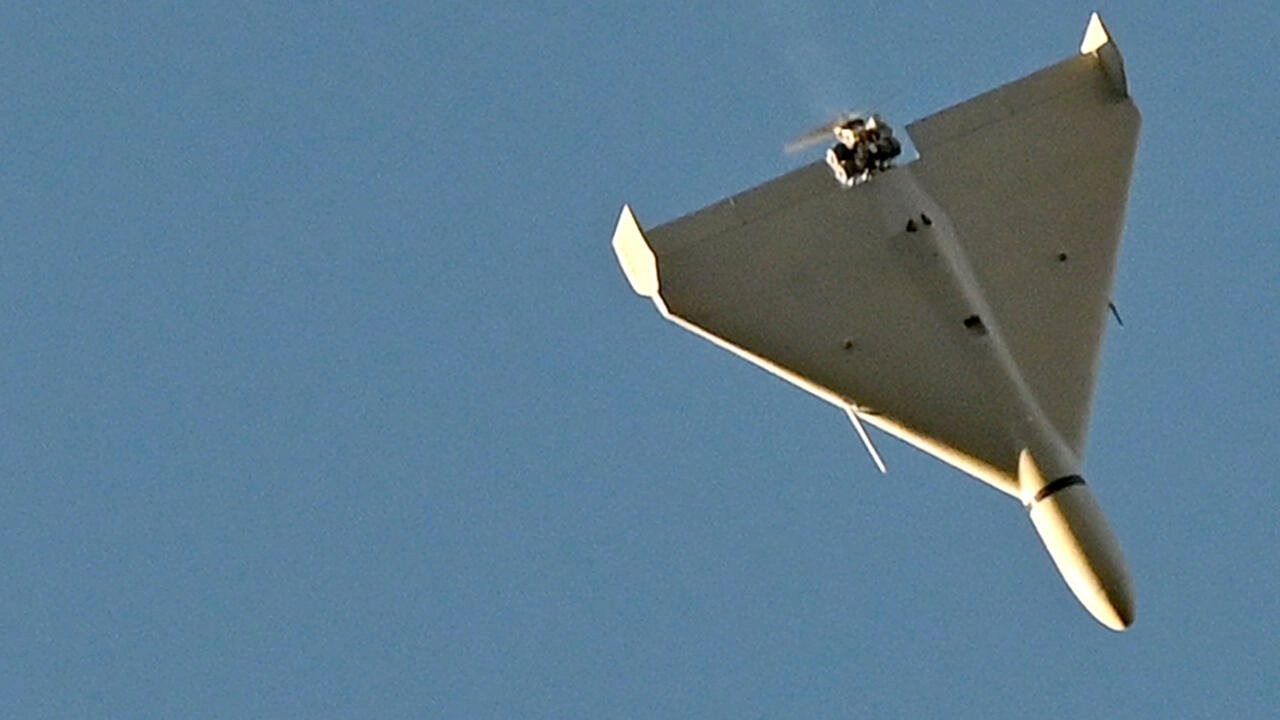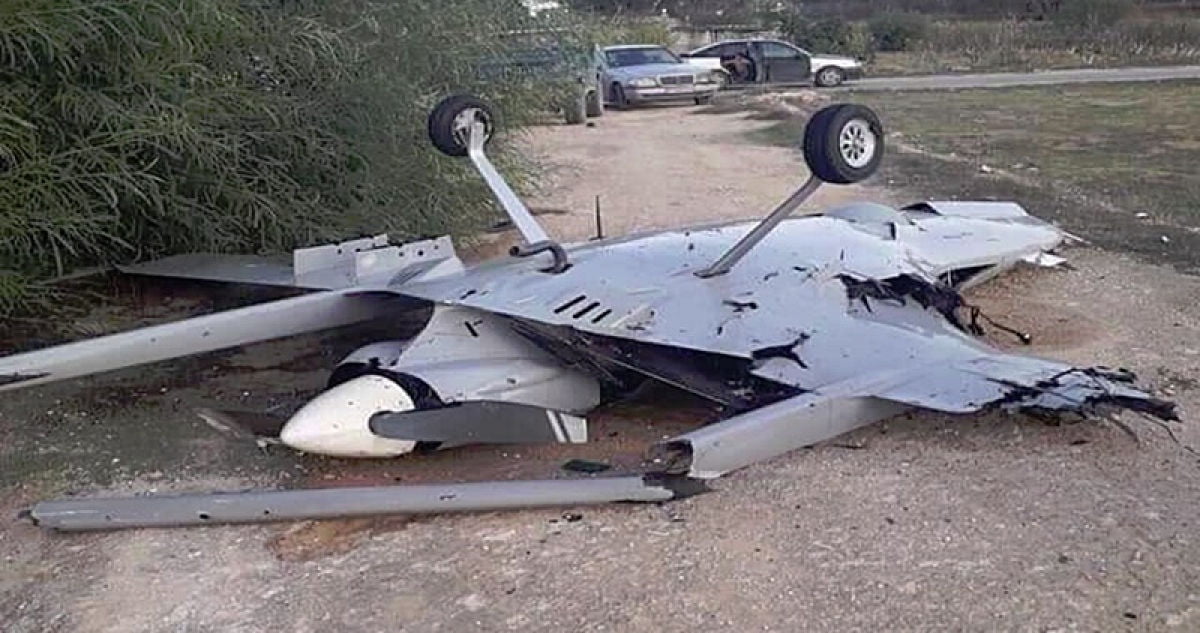Russia is reportedly employing a new approach to enhance battle damage assessment and target selection during missile attacks on Ukraine, as revealed in the daily update on the Russian-Ukrainian war by UK intelligence.
This development sheds light on Russia’s efforts to gather real-time information and improve the precision of its strikes in the ongoing conflict.
UK intelligence has claimed that Russia had resumed a series of frequent long-range missile strikes deep into Ukraine since early May 2023. These missile attacks are believed to have a primary objective of weakening Ukraine’s air defense capabilities.
Building upon previous waves of deep missile strikes, Russia has now begun incorporating unarmed surveillance unmanned aerial vehicles (UAVs) into its operations with increased frequency.
This aims to address a significant weakness identified by the UK Ministry of Defense (MoD) in the Russian military’s targeting process, which has been described as slow and inefficient.
Latest Defence Intelligence update on the situation in Ukraine – 21 May 2023.
Find out more about Defence Intelligence's use of language: https://t.co/BfJ3WhXdKG
?? #StandWithUkraine ?? pic.twitter.com/GlCcKi81Ce
— Ministry of Defence ?? (@DefenceHQ) May 21, 2023
By leveraging UAVs for surveillance, Russia seeks to enhance its situational awareness and improve the precision of its strikes, ultimately bolstering its performance in the ongoing conflict in Ukraine.
However, the intelligence update has also emphasized that this development does not represent a significant improvement. The utilization of slow surveillance UAVs by Russia renders them highly susceptible to Ukrainian air defenses.
This vulnerability compromises the effectiveness and reliability of the UAVs’ surveillance capabilities, highlighting a potential limitation in Russia’s attempts to improve its targeting process.
Meanwhile, a report from the Ukrainian monitoring group Militarnyi said that Russia had commenced the use of wooden drones in northeastern Ukraine to divert air defense attention.

These wooden drones serve as decoys to distract and confuse the Ukrainian air defense systems like S-300, Patriot, NASAMS, IRIS-T, BUK etc
On May 4, 2023, the Joint Forces Command of the Armed Forces of Ukraine also displayed one of the wooden drones captured from Russia.
In early May, specifically near the Russia-Ukraine border in Sumy Oblast, northeastern Ukraine, the Ukrainian air defense successfully brought down a Russian wooden drone.
The captured wooden drone revealed that it is equipped with telemetry control, utilizing a mobile GSM communication channel for operation.
This indicates that the drone’s functionality and control rely on mobile communication technology—similar to those encountered by the Russian military in Syria in 2018.
Russia Evolving Strategies Pose New Challenges
A recent study released by the UK’s Royal United Services Institute highlights that Russia’s military has undergone significant changes in its approach to the conflict in Ukraine, posing a substantial threat as Kyiv prepares for a major counteroffensive.
The study challenges widespread perceptions of Russian army weakness, suggesting that such perceptions may be outdated or misconceived.
While the report acknowledges dysfunctional aspects within the Russian military, such as over-reliance on artillery and low morale, it also emphasizes that these weaknesses have overshadowed Russia’s battlefield advancements, which have been largely overlooked.
Nick Reynolds, one of the report’s authors, challenges the notion that Russia’s military is a depleted force. He emphasizes the prevalence of propaganda on social media, urging for a more objective and balanced assessment.
Reynolds highlights that expectations for Ukraine have been set unrealistically high. The report stresses the importance of comprehending Russia’s evolving approach toward Ukraine and NATO members, as Moscow presents an increasingly hostile and dynamic adversary.

Understanding Russia’s changing tactics is crucial in effectively addressing the challenges posed by the country’s military.
The report further mentioned that Russia has successfully addressed initial shortcomings in its battlefield air defense by effectively integrating missile systems and their sensors across the 1,200-kilometer front of the invasion.
As a result, Russian forces have managed to significantly mitigate the danger posed by Ukraine’s radar-seeking HARMs. Furthermore, they have intercepted rockets and successfully downed a low-flying Ukrainian combat jet from a distance of 150 kilometers.
These advancements in air defense capabilities demonstrate Russia’s ability to neutralize threats and enhance its control of the battlefield airspace, further solidifying its position in the ongoing conflict.
Furthermore, Russia’s electronic warfare capabilities are constantly evolving, with deployment ranging from airborne to platoon level. This advancement has significantly impacted Ukraine, causing the loss of approximately 10,000 drones per month.
Additionally, the report suggests that Russian forces have demonstrated the ability to decrypt Ukraine’s encrypted Motorola communications systems in real time.
These findings underscore the challenges faced by Ukraine in countering Russia’s electronic warfare tactics and maintaining secure communication channels.
- Contact the author at ashishmichel(at)gmail.com
- Follow EurAsian Times on Google News




